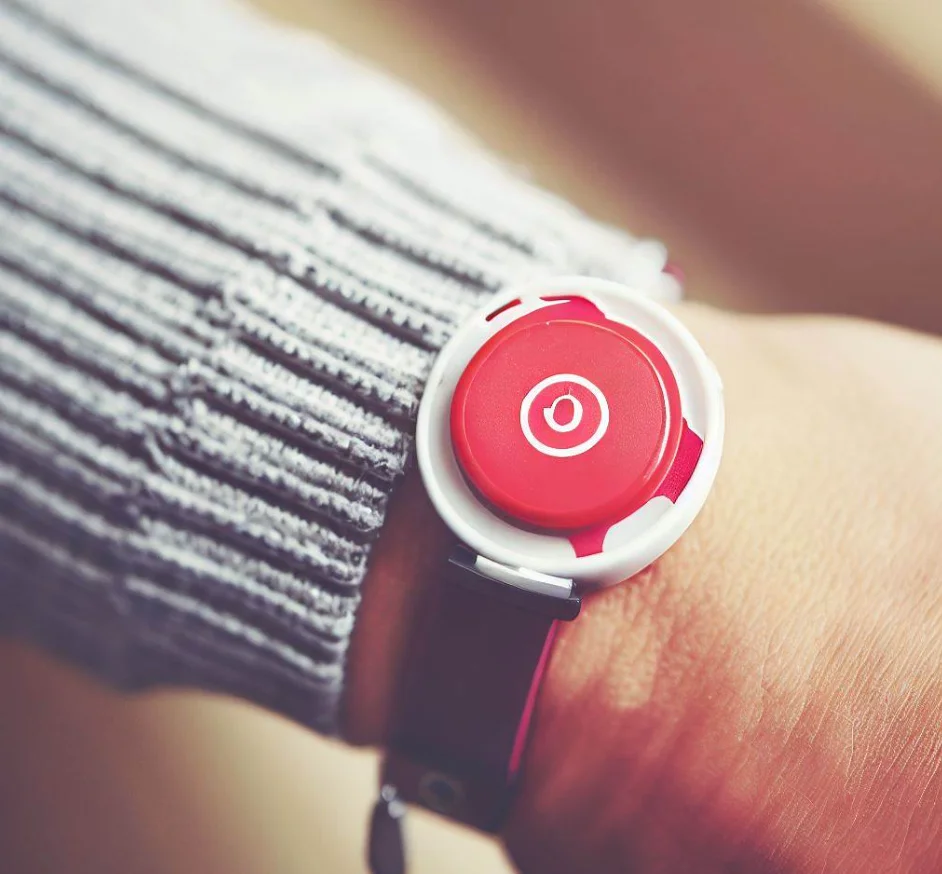Over the past few years, wearable technology has become increasingly popular and ubiquitous, with devices like smart-watches, heart rate monitors, and sleep trackers being worn by people everywhere. However, the future of wearable technology is even more exciting, with the potential for it to be embedded in clothing, skin patches, and even electronic skin. Virtual reality capabilities are also being explored, promising to revolutionize the way we interact with technology.
While wearables are already providing high-tech convenience and data-rich monitoring, they have the potential to do so much more. In fact, the market for enterprise wearables is projected to grow exponentially in the coming years, with revenue in the wearables segment expected to reach $301 million this year alone. Additionally, studies show that nearly 77 million wearable devices were used by U.S. adults in 2017.
However, the potential of wearable technology goes beyond just convenience and data tracking. What if these devices could actually save lives? Wearable technology has the ability to monitor vital signs, detect potential health issues, and alert emergency services in case of an emergency. For example, a wearable device could detect an irregular heartbeat and alert the wearer to seek medical attention, potentially preventing a heart attack or stroke.
Why Wearable Technology is Crucial for Ensuring Healthcare Employee Safety
In today’s world, wearable devices have become increasingly popular, and they have found their way into the realm of safety technology. Wearables such as smart protective equipment, sensors, heart rate monitors, and panic buttons are being used to ensure the continued health and safety of employees, particularly those who work in vulnerable, high-risk environments as lone workers. Safety professionals have also shown a preference for using wearables to track safety risk factors, with those in high-risk industries such as healthcare being the most in favor.

The challenges of the healthcare industry are similar to those of the hospitality industry, as both require remote, client-facing, and often physically demanding duties. However, healthcare providers can invest in safety technologies such as wearables to change the landscape and ensure the well-being of their staff both now and in the future. Wearable technology can help to monitor the vital signs of healthcare workers and alert emergency services in the event of an emergency, potentially saving lives. Additionally, wearables can be used to monitor staff movements and location, ensuring their safety while working alone or in high-risk environments.
The Future of Staff Safety: How Wearable Technology is Revolutionizing the Healthcare Industry
As the conversation surrounding staff safety continues to develop, healthcare facilities are exploring the use of new-age safety devices such as ESDs. These devices utilize Bluetooth beacon technology to track the precise location coordinates of an employee in distress, both on and off property, across multi-level buildings. They offer healthcare workers a discreet way to call for help, using an app on their smartphone or a small handheld device, and integrate seamlessly with a hospital’s existing infrastructure.
While this technology is effective and an important step towards a safer future for the hospitality industry, the next step involves taking that core technology and making it wearable. Wearable products such as sleep trackers or fatigue management wristbands are already being used in 24/7 workforces such as hospitals. These products help to optimize sleep, manage fatigue, and use Bluetooth technology to monitor vital signs and alert emergency services in case of an emergency.
Companies like Blackline Safety have designed wearable safety devices for gas detection and lone worker monitoring, which use global 3G and satellite connectivity to monitor personnel in real-time. If an incident occurs, such as no motion detection, true fall detection, missed check-ins, or emergency latch, the device triggers an alert through 3G and satellite connectivity to emergency personnel, ensuring help is provided.
Now, imagine the same wearable format, but with the built-in power of an intuitive safety platform that closely monitors and protects healthcare staff in the event of an emergency. Wearable technology has the potential to revolutionize the healthcare industry, providing healthcare workers with real-time monitoring of vital signs and location, and the ability to call for help discreetly and quickly.
